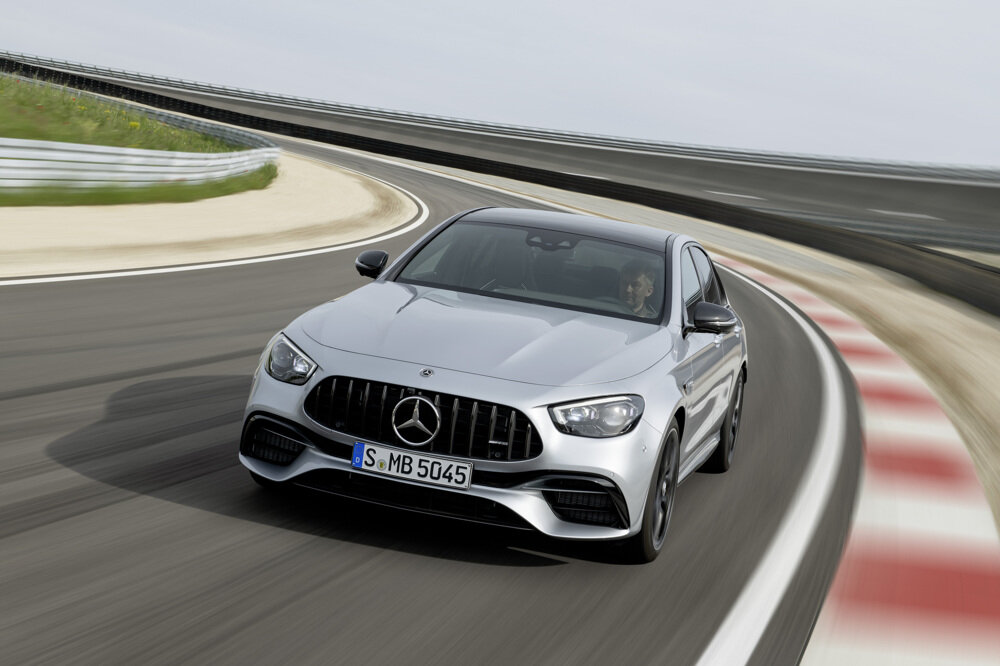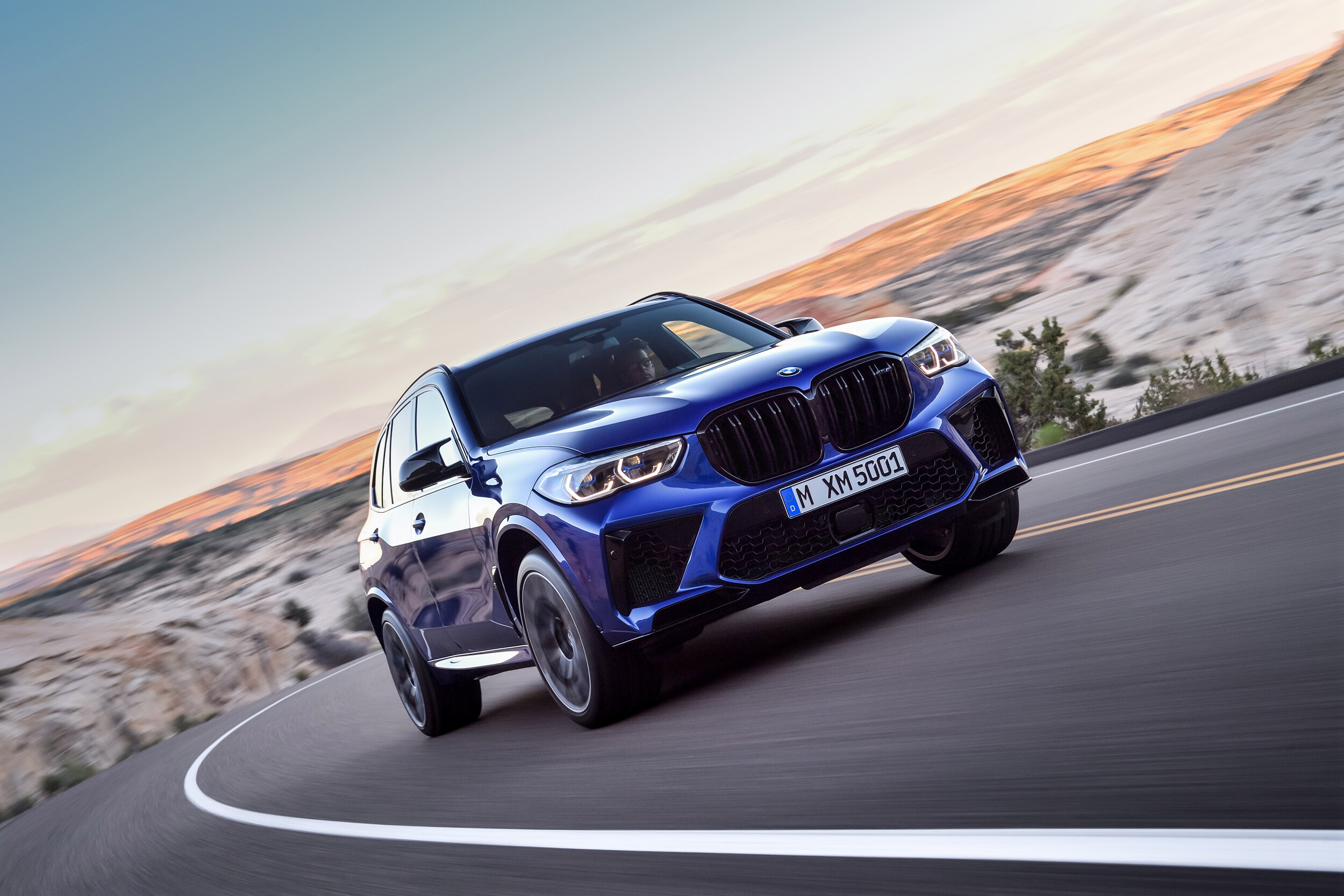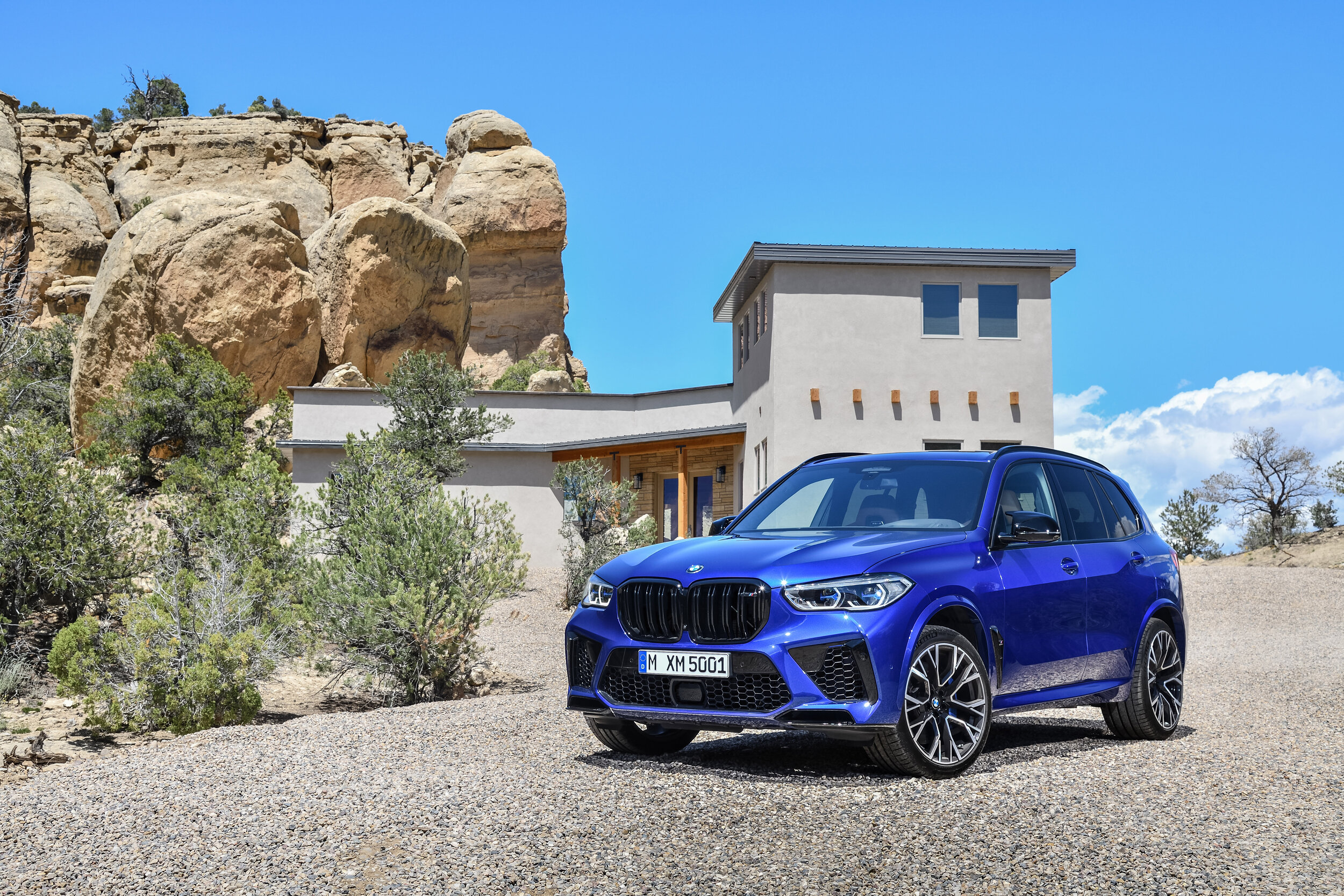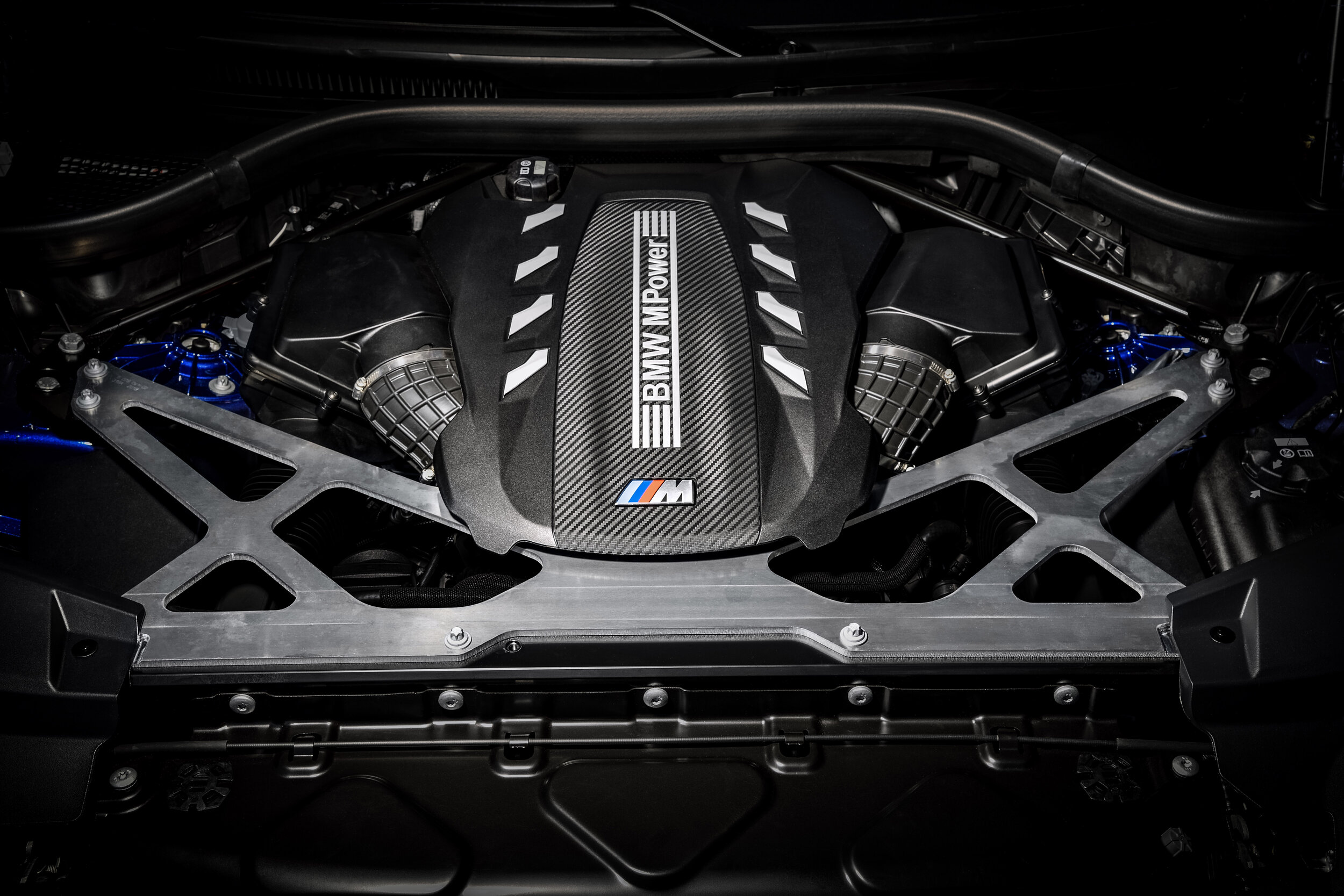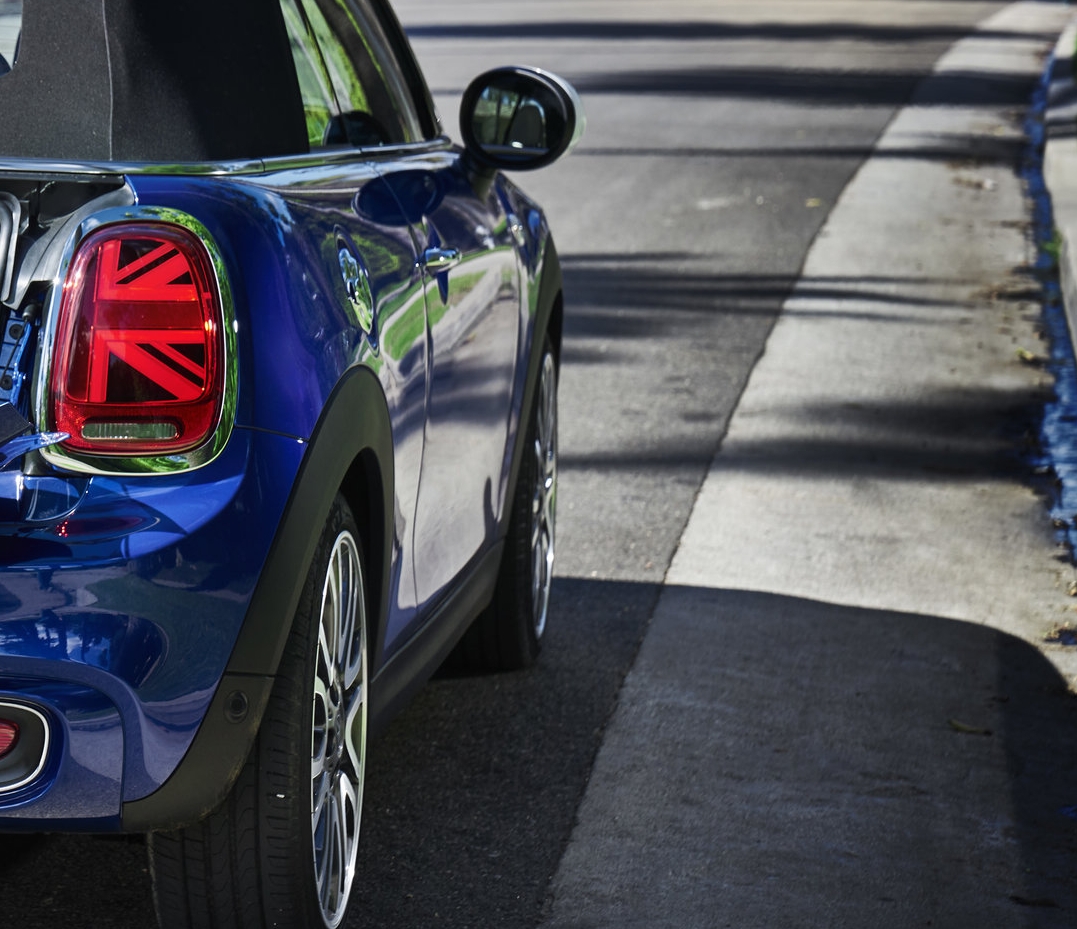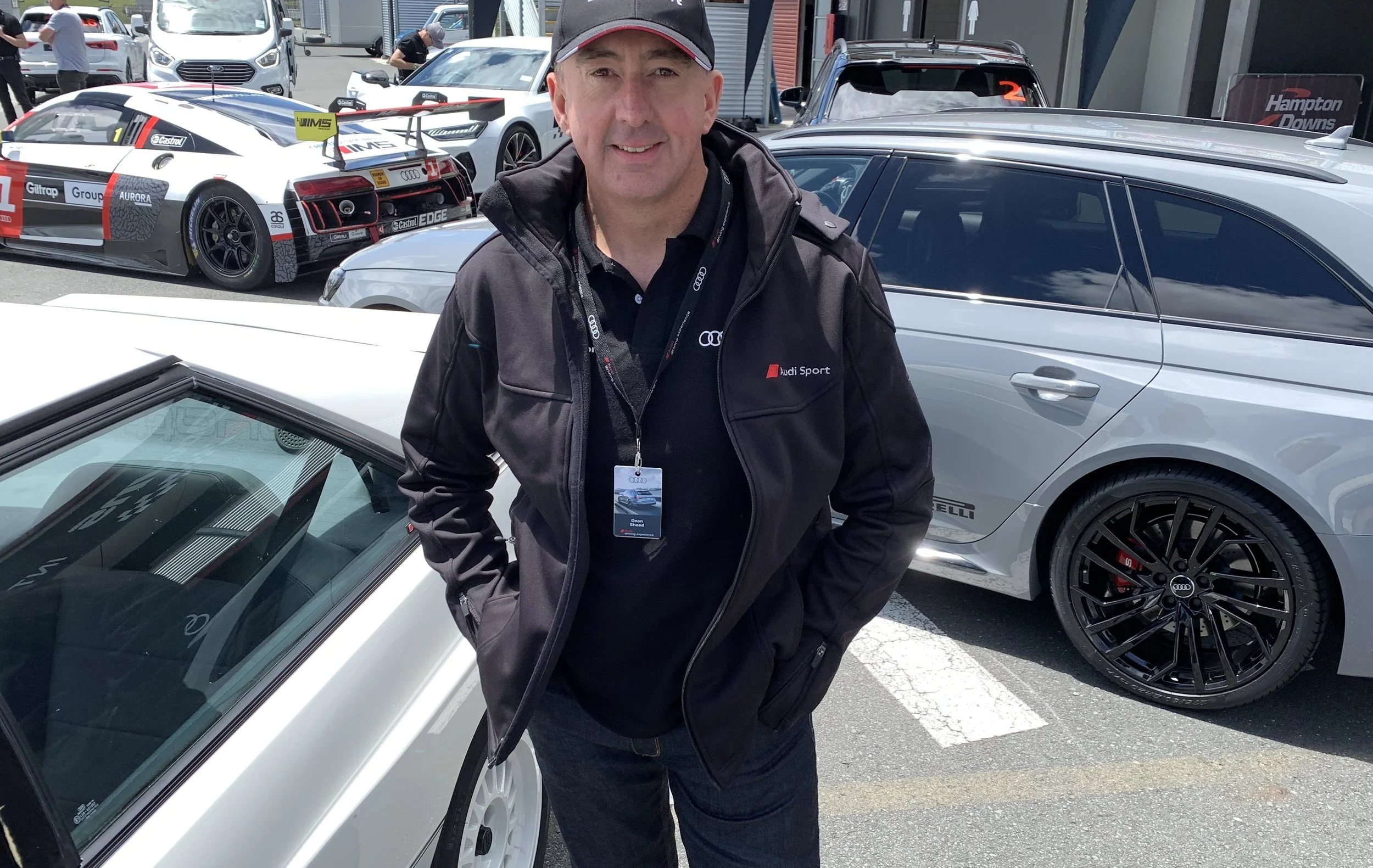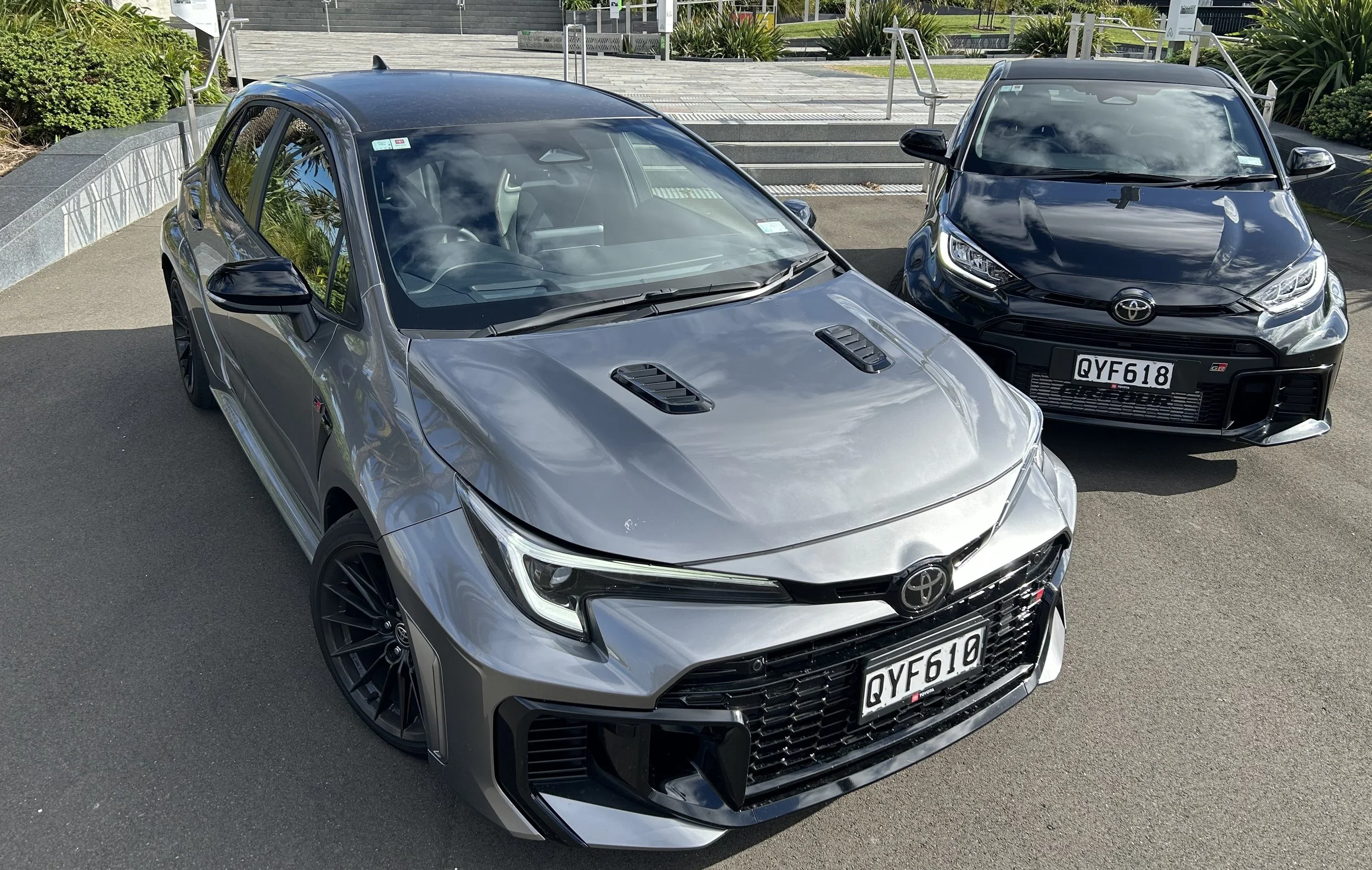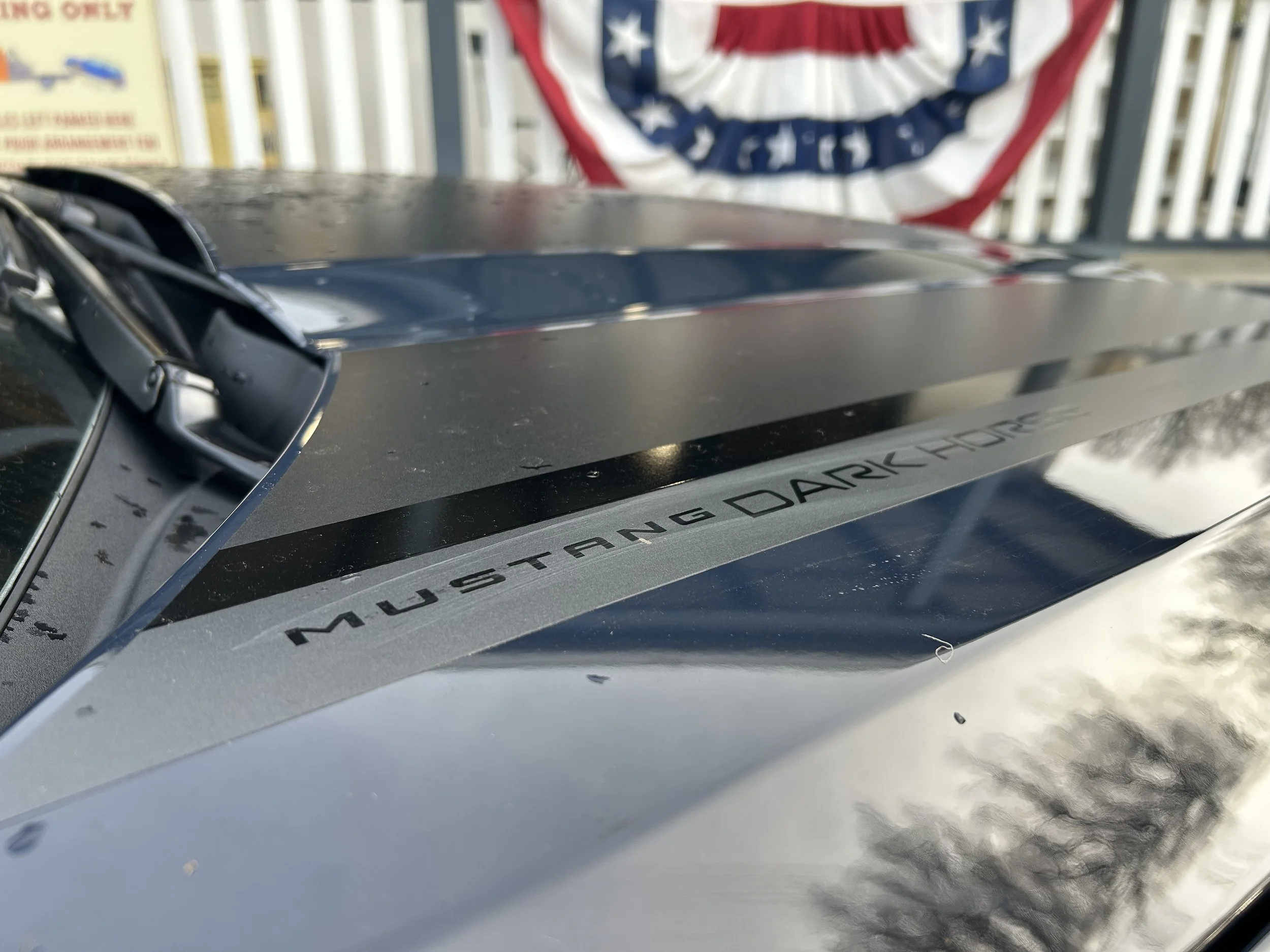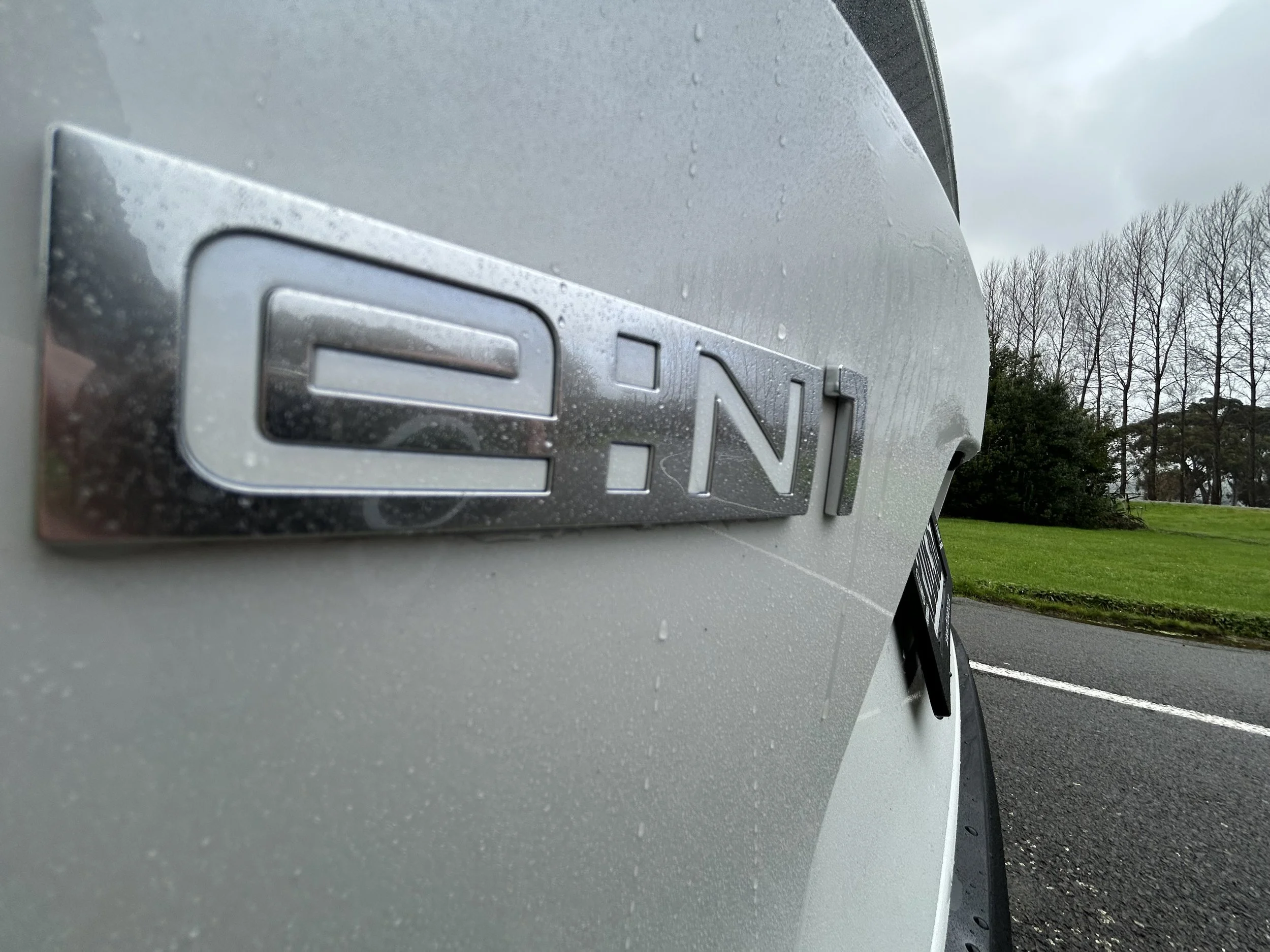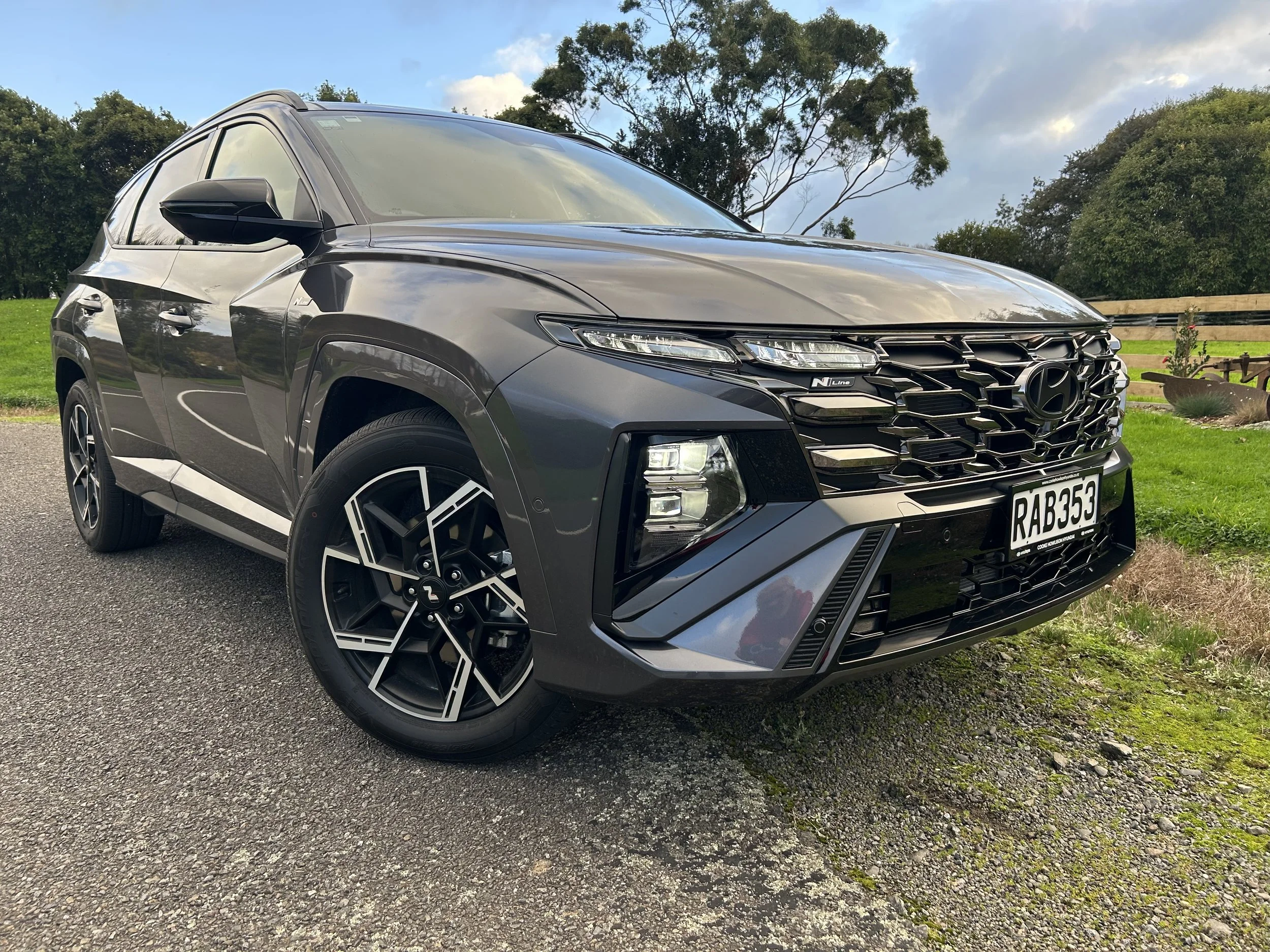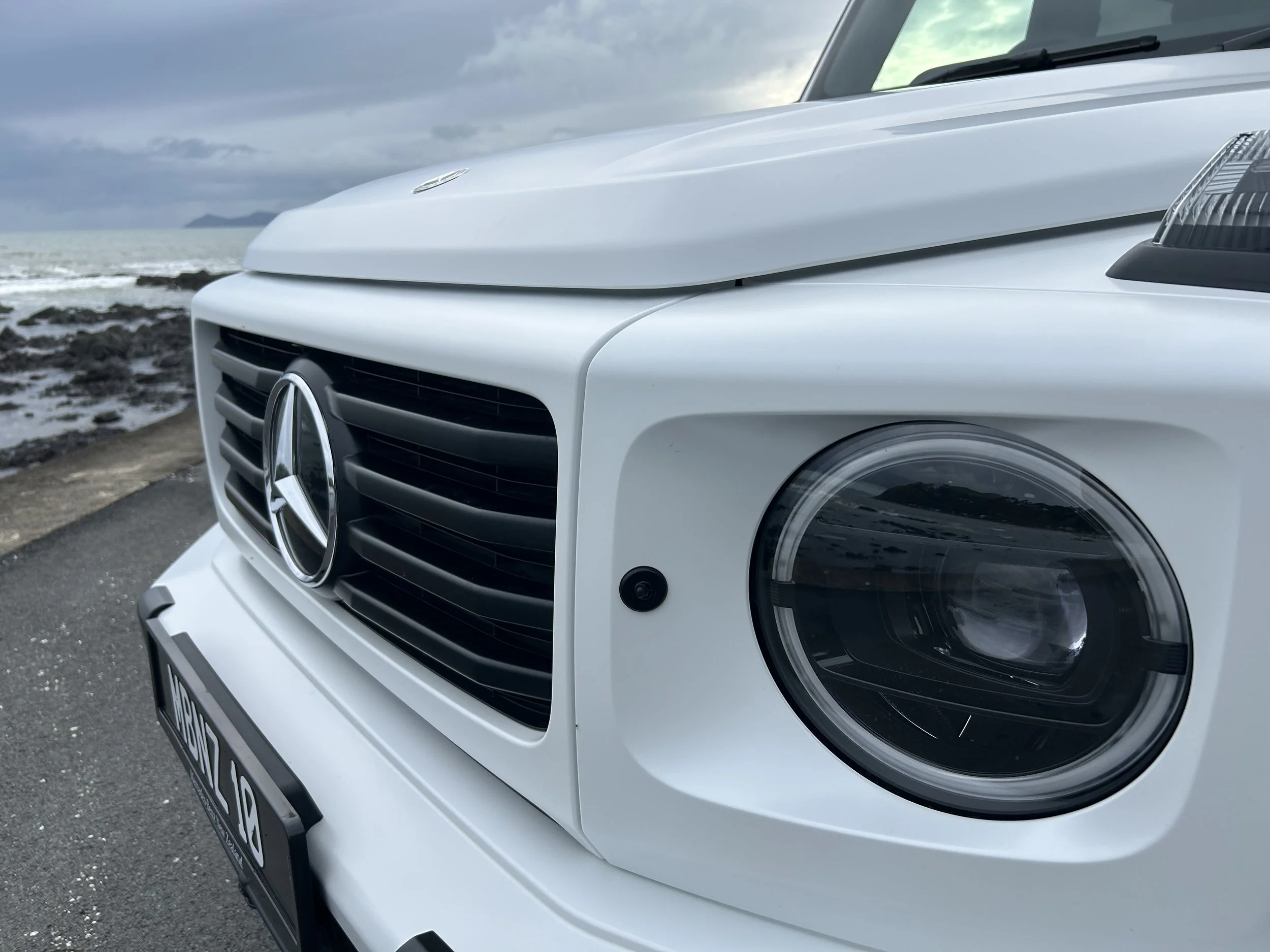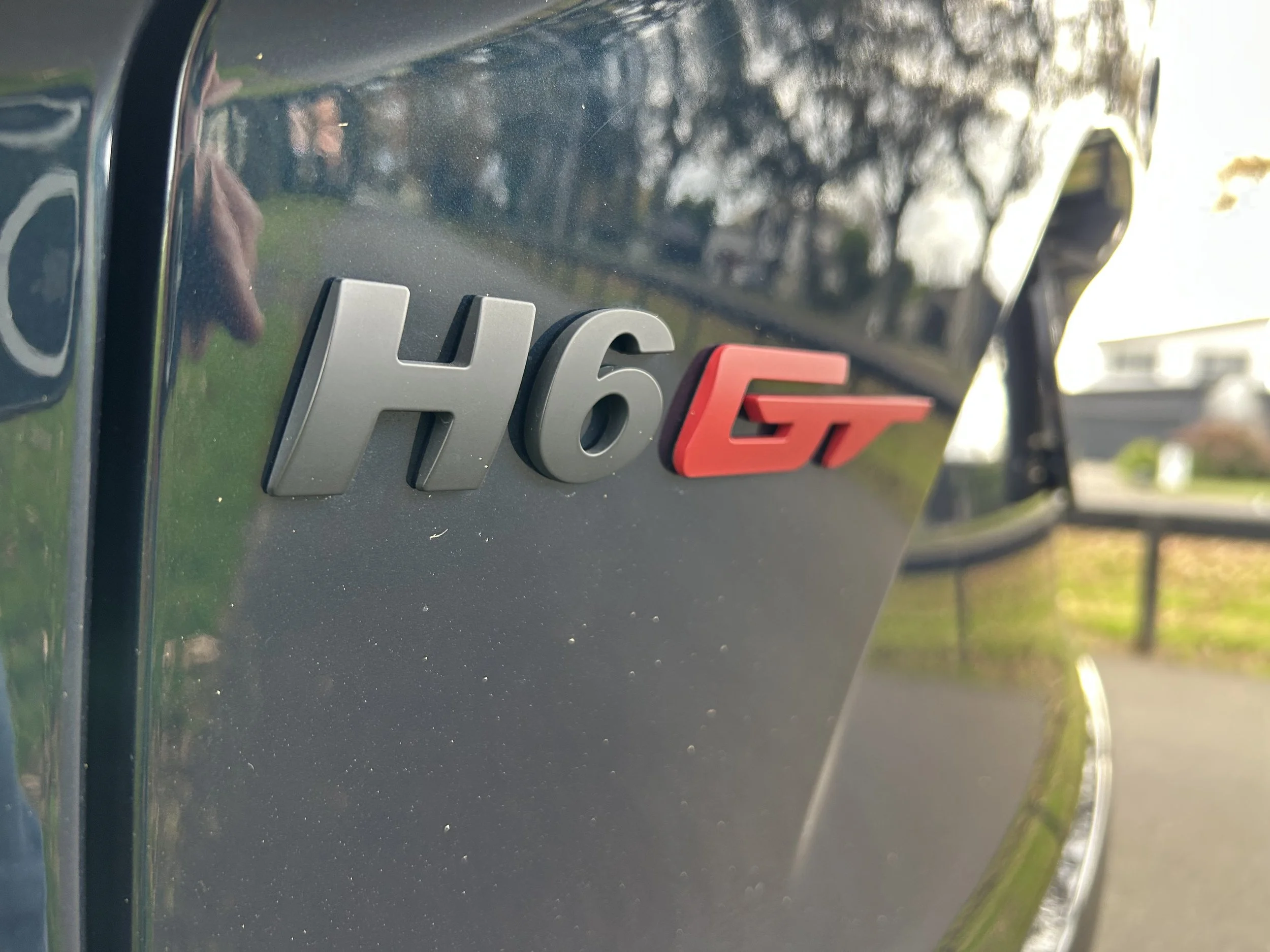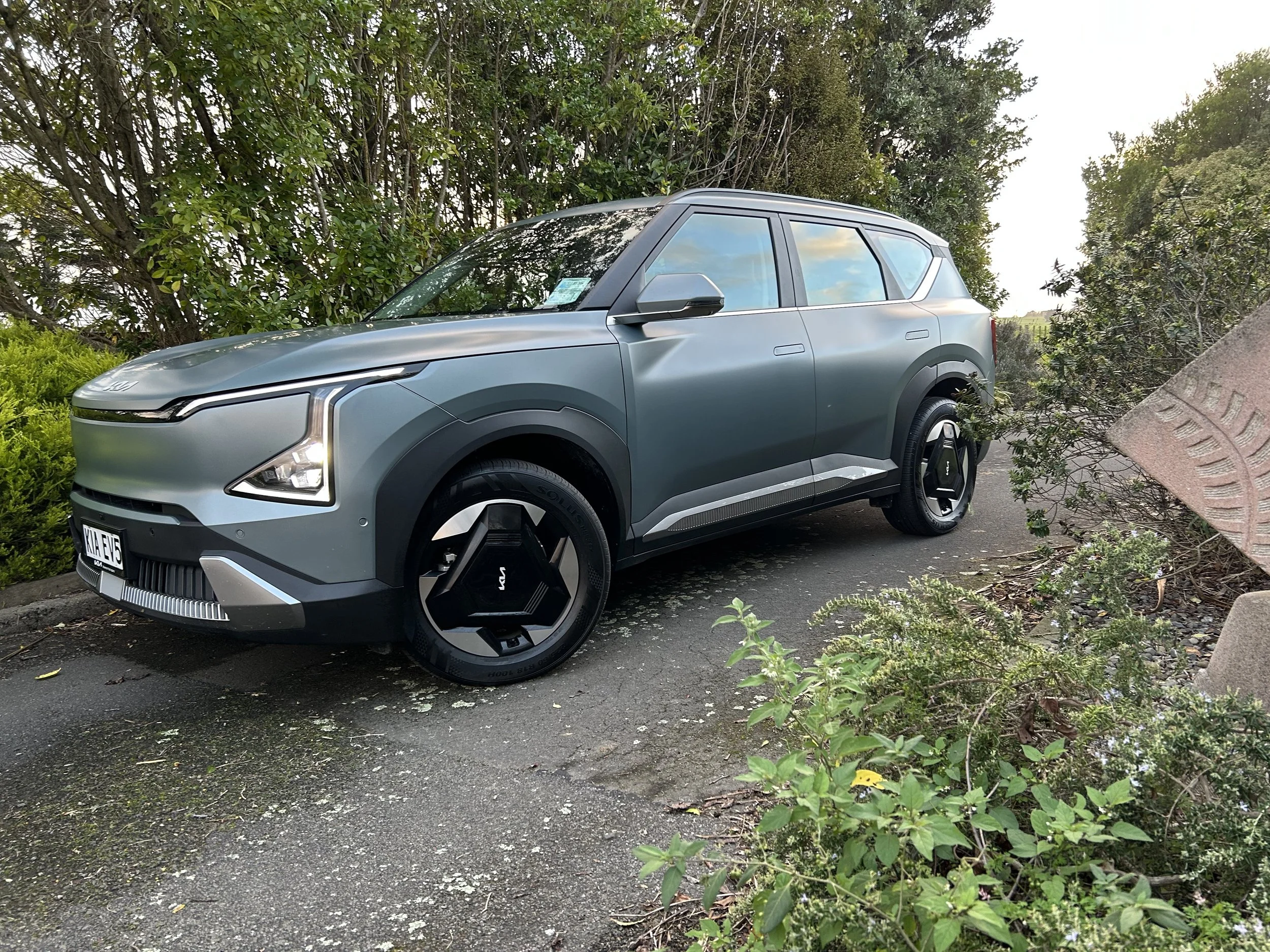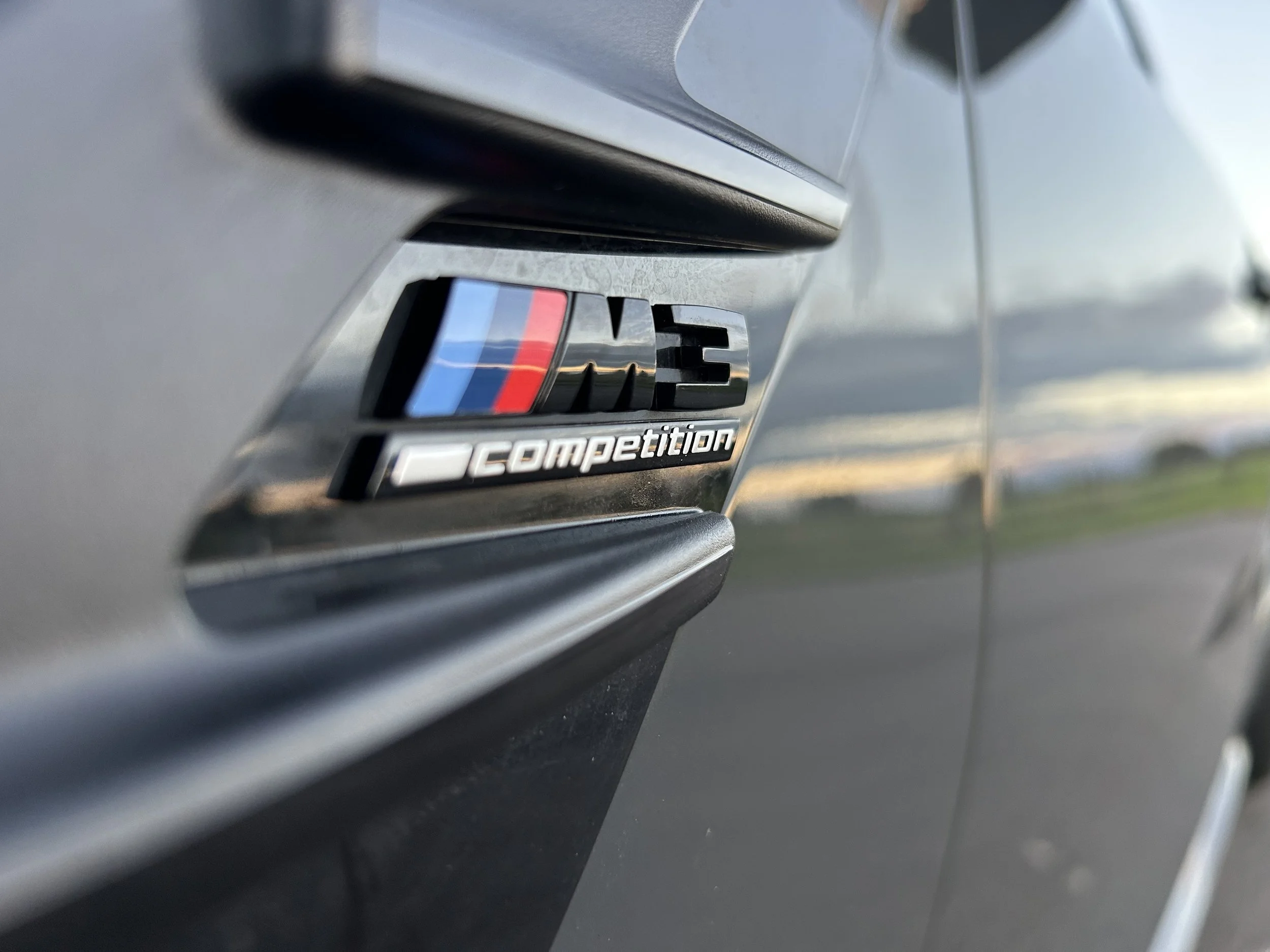German super-sedans pack performance, styling tweaks
/Updated BMW M5 and Mercedes-AMG E63 maintain their parity in powerhaus pedigree.
FOUR Twenty, 441, 450, 460 – pick a number, right?
Always with awareness that where you land on the kiloWatt chart also dictates one of two badge preferences when selecting a German premium all-paw performance sedan that’s not an Audi.
The first and third counts put you with Mercedes AMG, and behind the wheel of an E63 AMG in standard and S formats. The remainder with a Five Series fettled by BMW’s M Division, primarily as the ‘starter’ edition, ultimately in Competition mode.
Yup, it’s mid-life upgrade time for two supercar-slaying sedans and, as always, where one goes, the other is quick to follow, with both laying down big numbers.
Which also relate to? Well, torque, which optimally hits 750Nm behind the blue and white roundel and 800Nm behind the star, top speeds - 300kmh optimally from the E63 S, another 5kmh more with the Competition (with the optional M Driver’s package fitted) – and, of course, those all-important 0-100kmh times: just 3.3 seconds for the M5 in hottest fettle, which makes it 0.1 faster to the legal highway limit from a standing start than the most potent E 63. There are economy figures too but … not of any particular interest, right?
So, which to chose? It might all come down to price, which is still a mystery for our market, though potentially the current stickers won’t be too far shy of the new prices, and availability … which means quarter three for the Munich monster, some time prior to Christmas for Affalterbach’s.
The other important thing to recognise is that, while both makes are talking of these incoming missiles as being ‘new’ models, they really mean ‘massaged.’ Quite subtly, for the most part.
Those twin turbo V8 engines – a 4.4‑litre from Beamer, a 4.0-litre out of the other crowd – gearboxes (eight‑speed auto with BMW, nine-speed AMG), and the fancy all-wheel-drive - that can be configured in a special rear-drive mode with the M5 - are all as before.
What’s incoming is the same range of minor cosmetic updates found on the recently revised 5 Series So the M5 now sports the updated kidney grille which extends a little further down into the bumper and has a one-piece chrome surround. The new front end gains larger air intakes at the sides while the main aperture is now hexagonal. The LED lights front and rear are new, as is the rear bumper.
Interior revisions also mirror those on the standard 5 Series, with buyers getting a new 12.3-inch digital instrument cluster and a larger infotainment screen. Electrically adjustable sports seats and sun protective glass come as standard, while a Harmon/Kardon stereo, head-up display and an Alcantara headlining can be specced as optional extras, as can a Technology Plus pack that adds front and rear seat heating, a heated steering wheel, soft close doors and a seat massage function. The M5’s Ultimate Pack builds on this specification with a carbon fibre engine cover and Bowers and Wilkins surround sound system. A lot of comforts for a performance car? That’s your modern M5 customer.
There is a new 20-inch wheel design while the brake calipers can be finished in black or red as an alternate to the usual blue. The Competition’s are gold, as before.
Chassis upgrades over the standard BMW 5 Series include uprated dampers, stiffer engine mounts and larger disc brakes, with fixed six-piston calipers up front and single piston calipers at the rear. Buyers can also opt for a range of M Performance extras, such as coilover suspension and carbon fibre aero components. The Competition model sits seven millimetres lower.
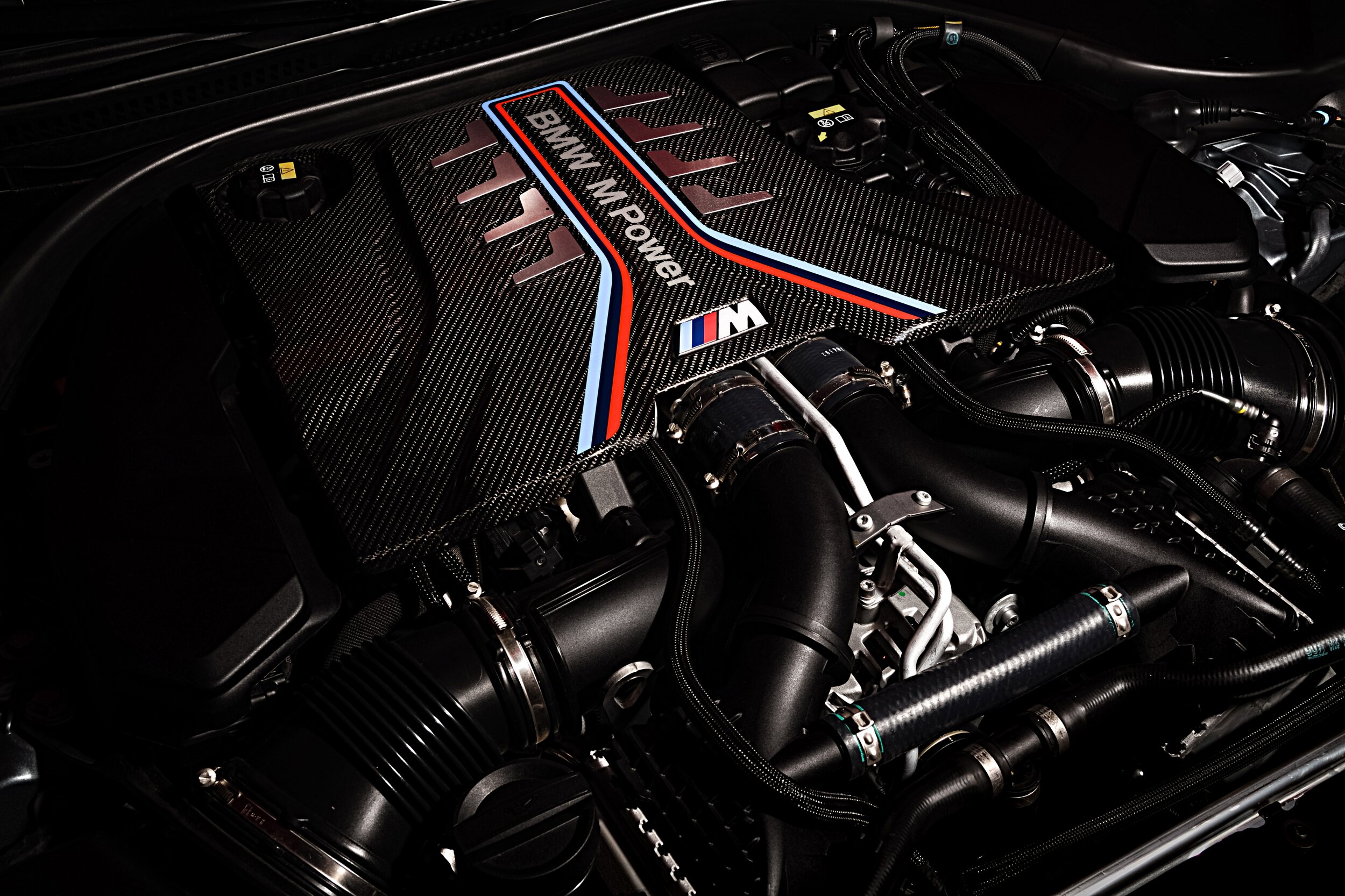
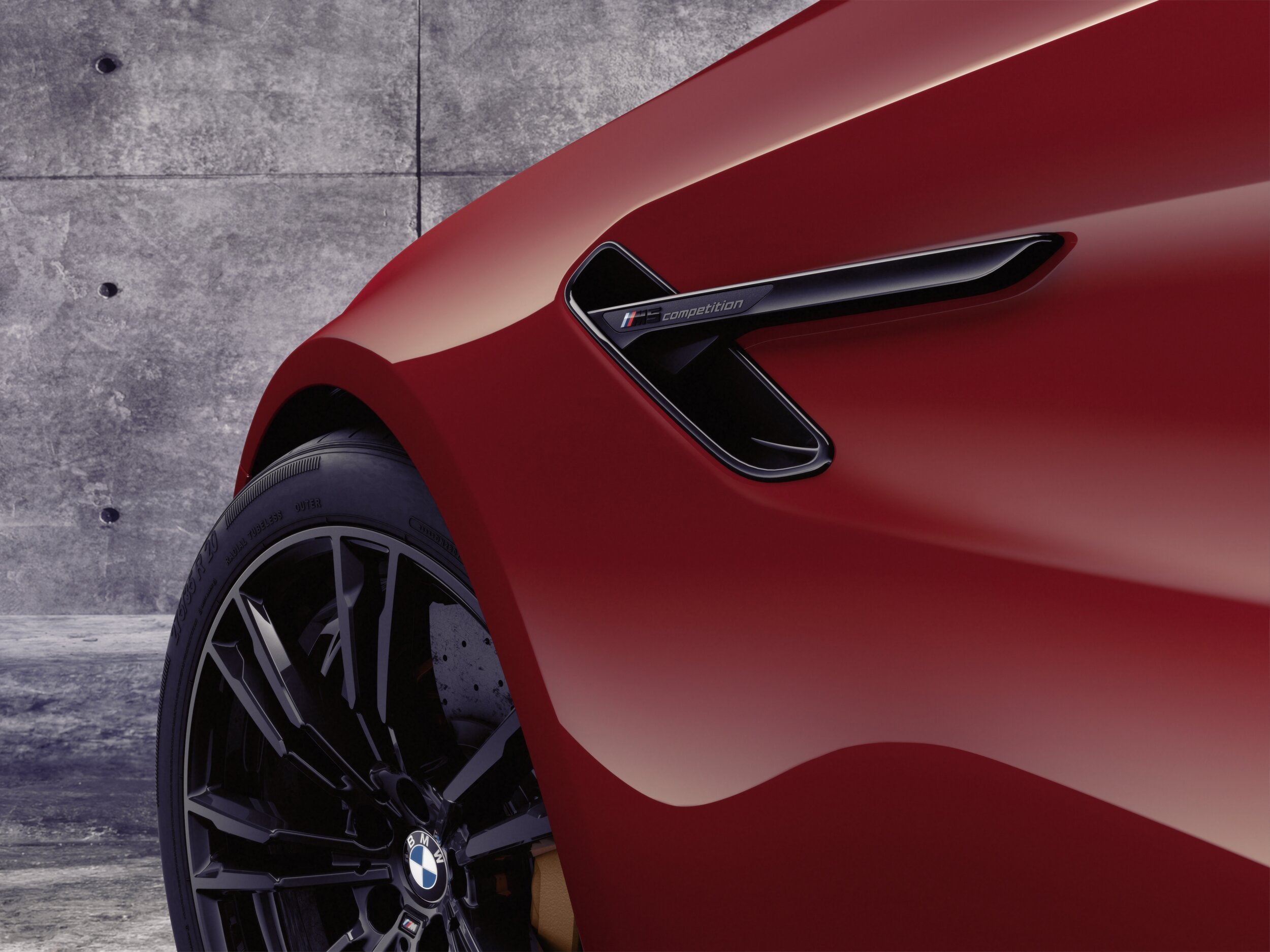
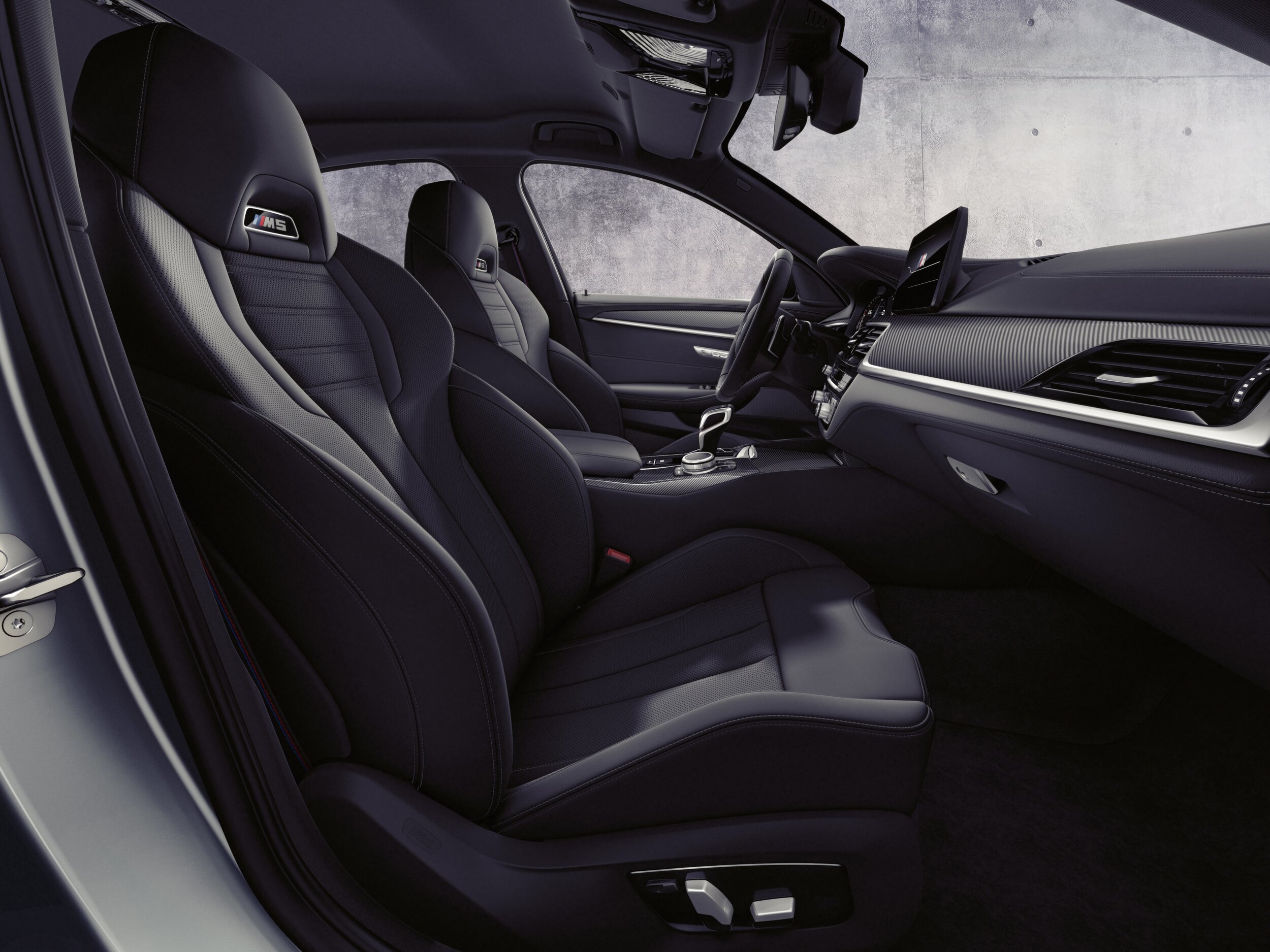
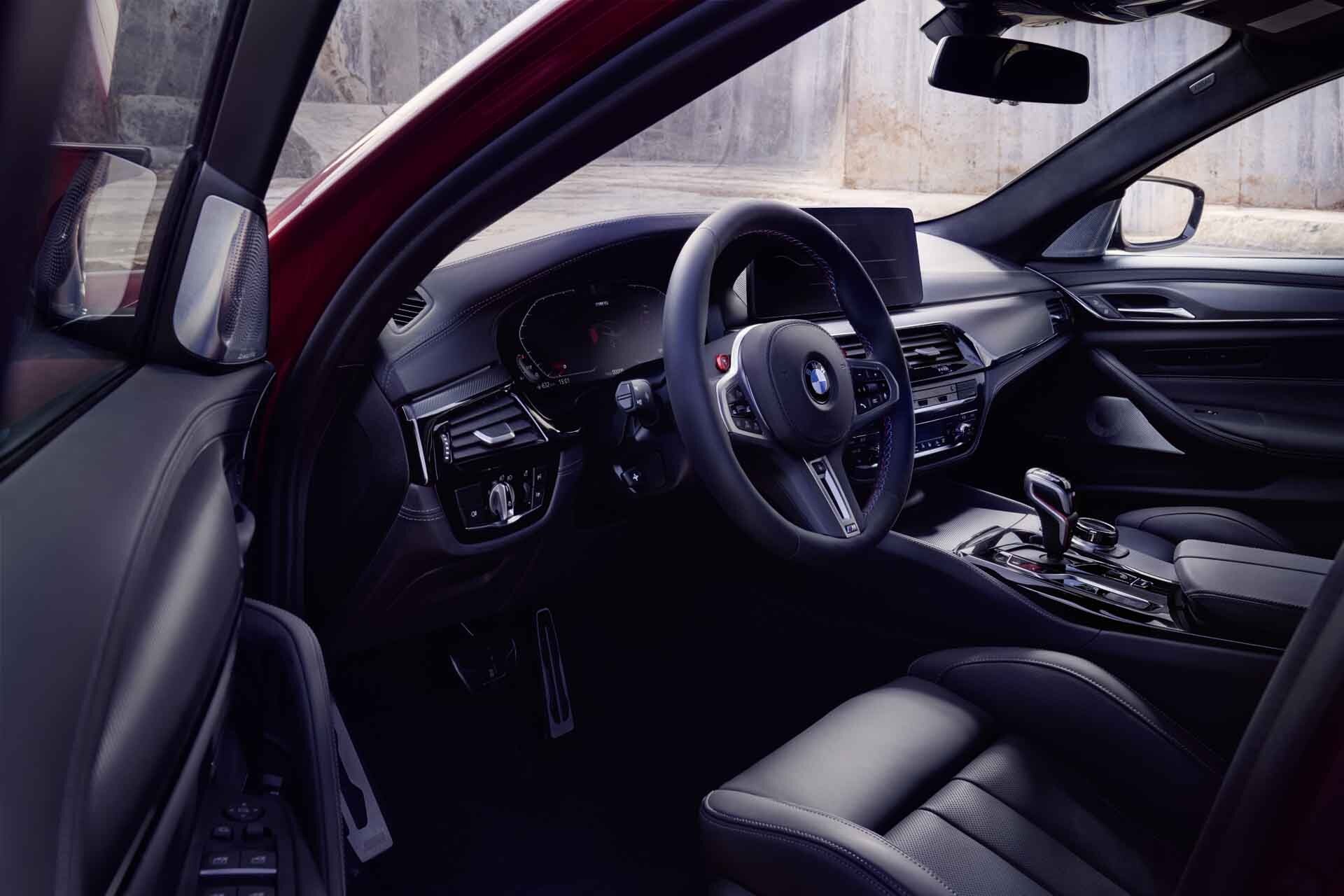
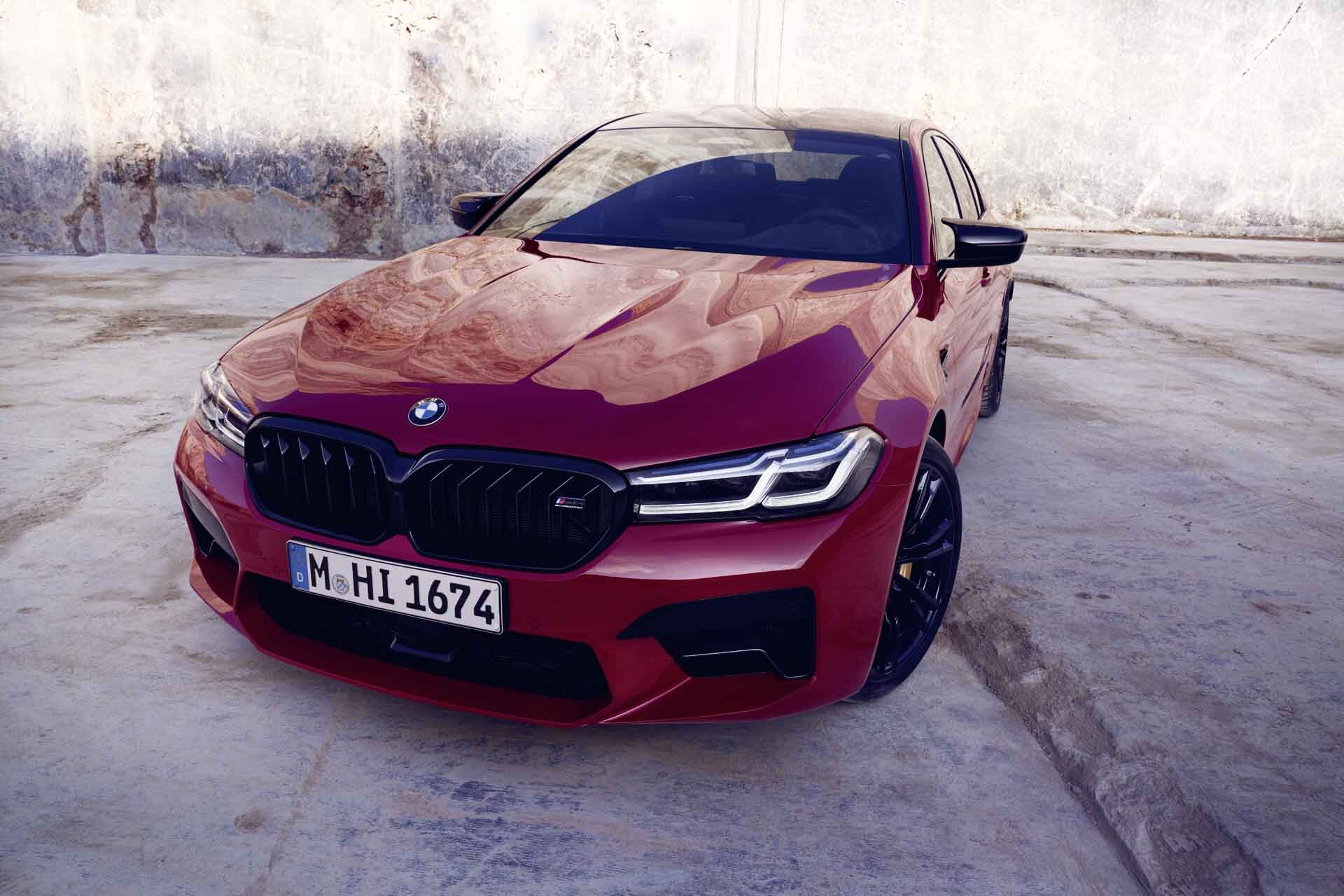
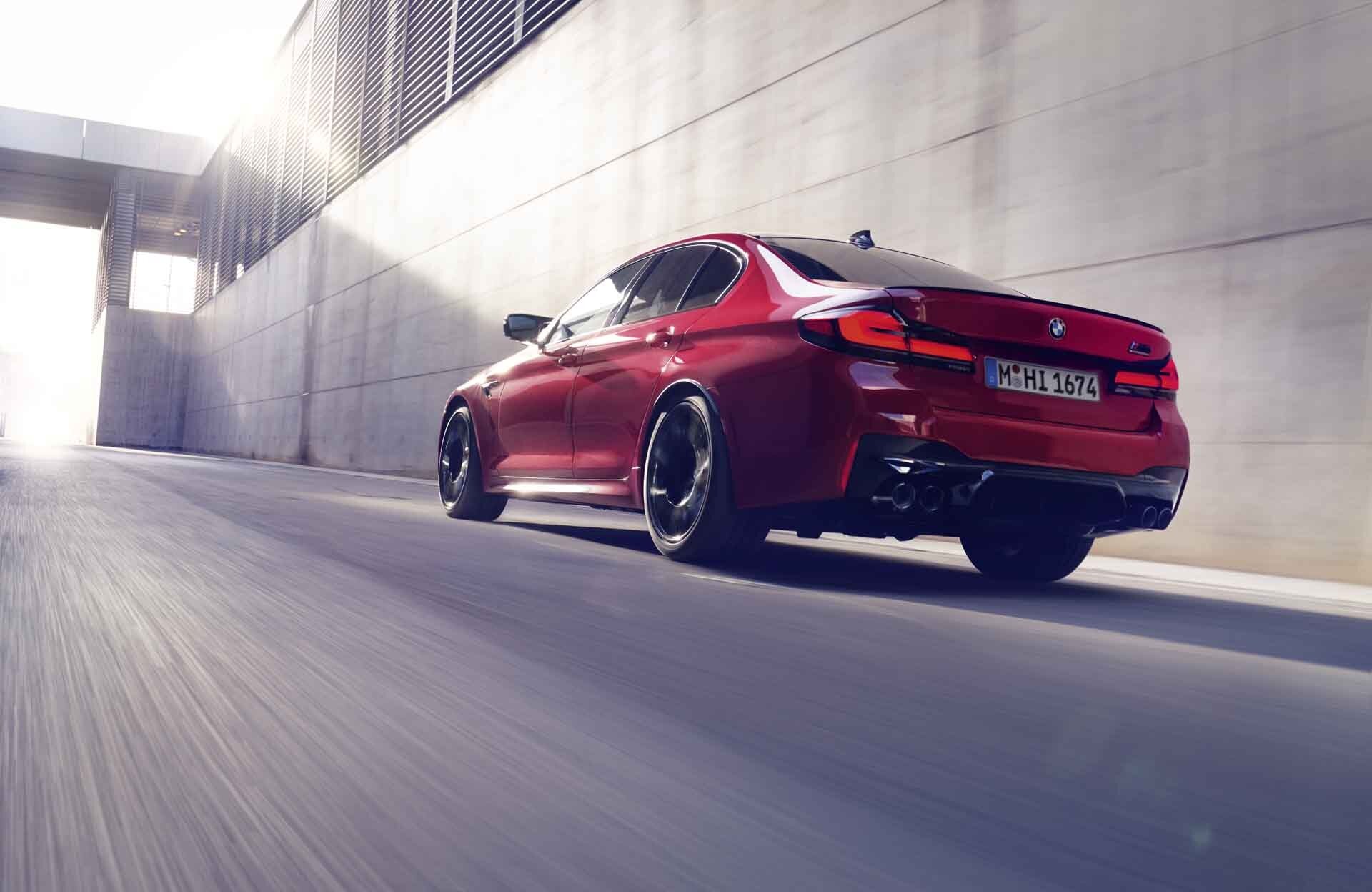
There’s a broader range of standard driver assistance technology, too. Buyers get lane- keeping assist, lane-change assist, a 360-degree parking camera, and BMW’s Parking Assistant Plus, which can take control of the car’s steering when reversing into spaces. BMW also now offers a Drive Recorder function, which uses the car’s built-in cameras to record footage from around the vehicle.
So how does the AMG respond? Basically, by following the same plot.
The revamped styling also includes a larger grille created in an effort to differentiate it more from the wider E-Class range and aerodynamic tweaks to optimise both grip and airflow to the engine.
Although the powertrains’ outputs are unchanged, Mercedes-AMG says considerable tuning has been carried out to widen the E63’s performance window. Work has also been done to refine the dampers and chassis, while the dynamic engine mounts on the E63 S have been tweaked so they adapt more quickly to driving conditions.
Further development has been carried out on the AMG Dynamic Select software, which adjusts systems such as the drive programmes, all-wheel drive systems and ESP stability control. The AMG Dynamics Plus package, which includes a Race drive mode and Drift function, is standard on the E63 S and is offered as an option for the base model for the first time.
The front bodywork of the machine has been honed for aerodynamic balance, with AMG engineers and aerodynamicists focused on reducing wind resistance and increasing high-speed stability. The wheel arches have been enlarged by 22mm to accommodate a wider track
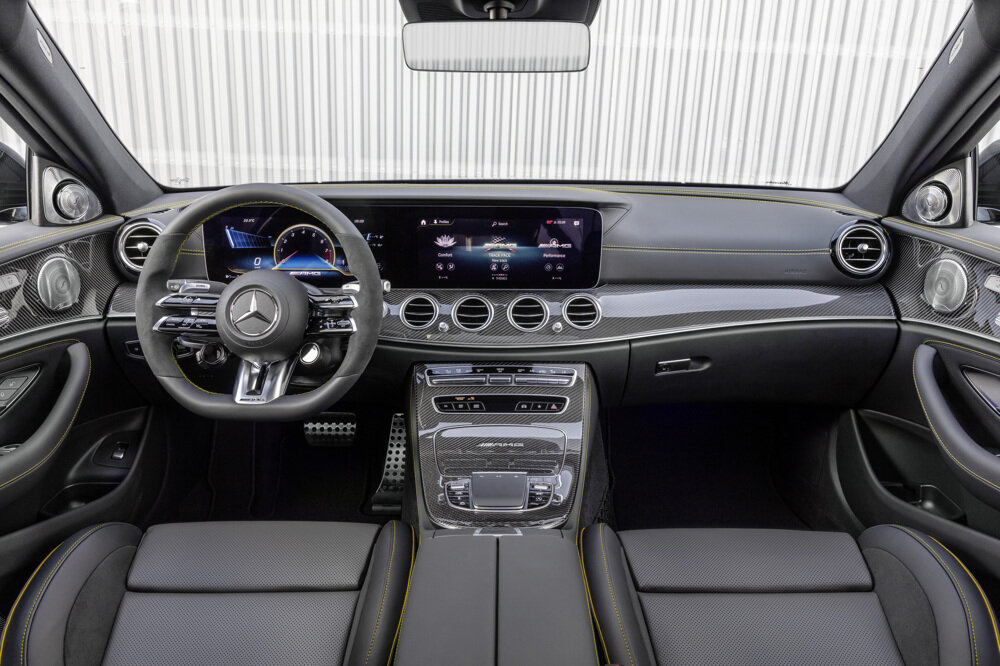
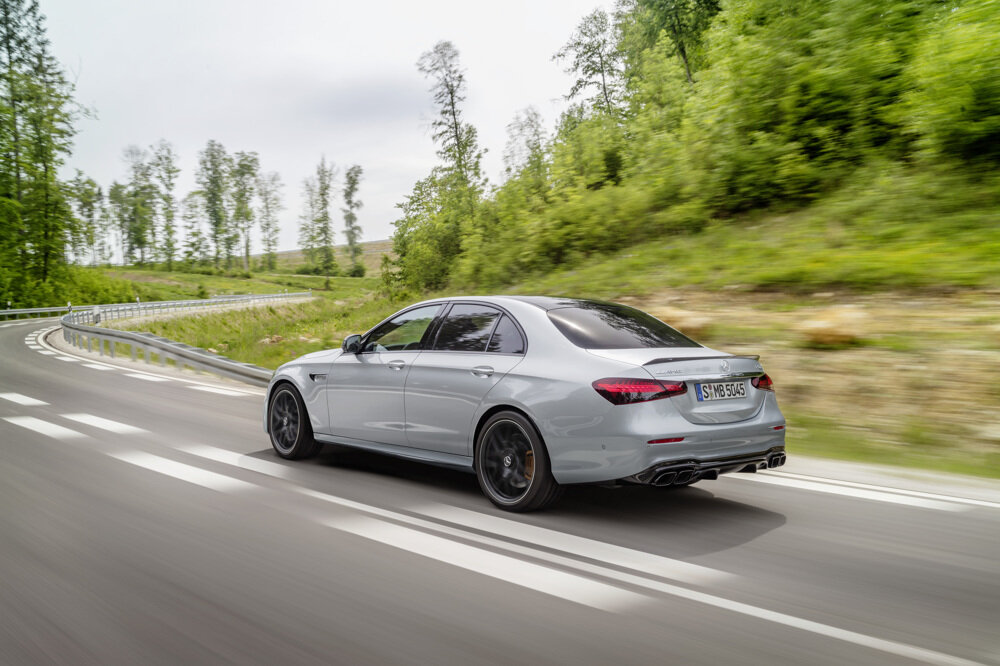


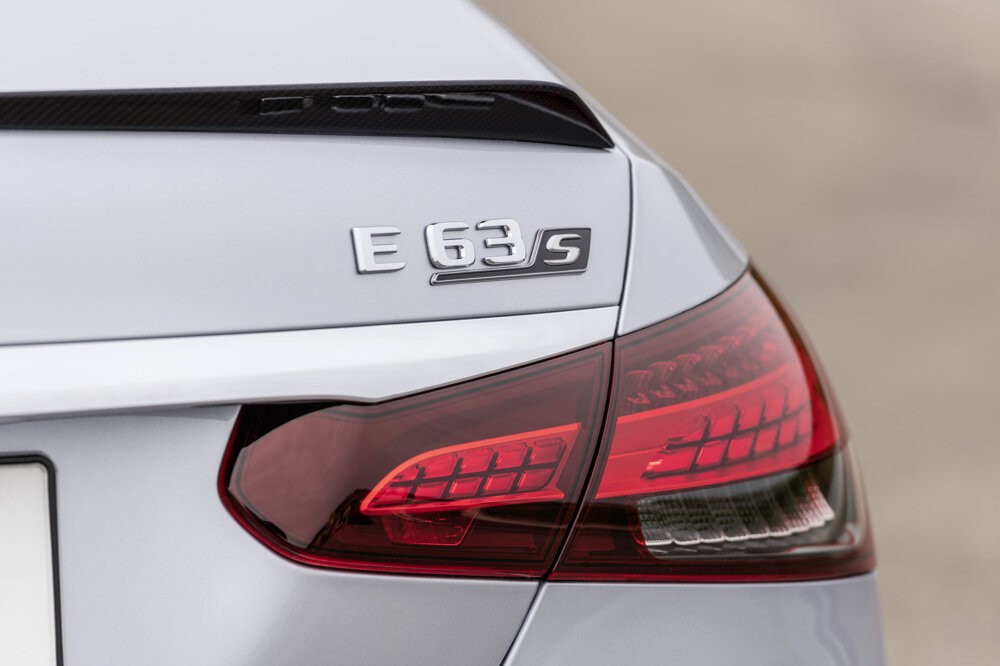
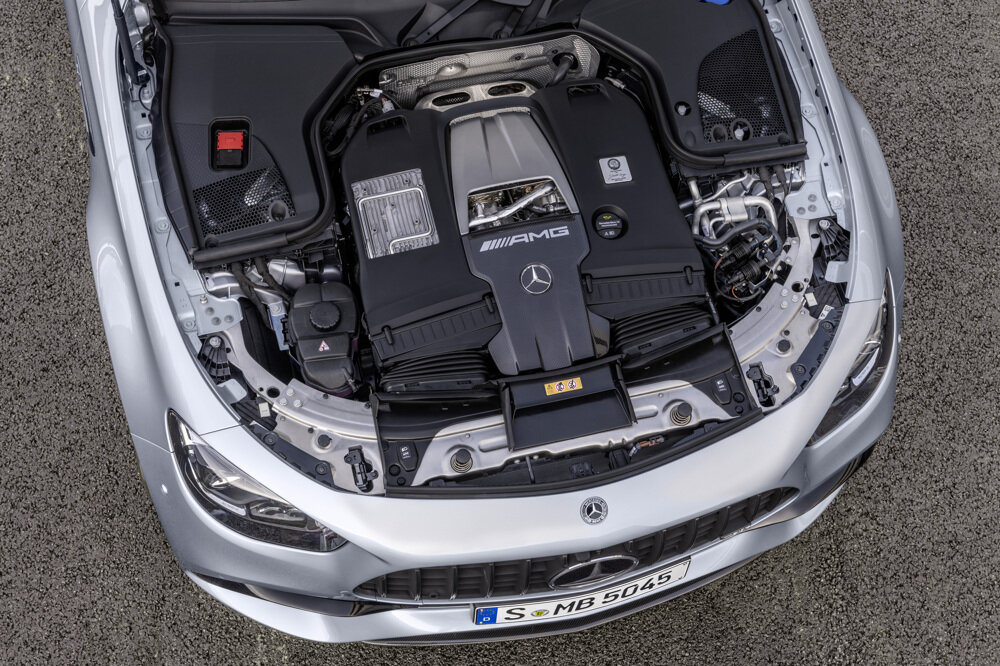
At the rear, there are flatter brake lights, a reshaped apron, which has also been aerodynamically optimised and a new diffuser.
The standard E63 has new 19in alloy wheel options, while the S version that’s always been favoured for NZ gains new 20 inch aerodynamically optimised five-spoke alloy designs.
There are new paint colour options previously offered on the Mercedes-AMG GT range only and the usual optional AMG Night Package adds extra styling tweaks, including a gloss black finish for the mirrors, window frame and exhaust pipes.
Inside, the E63 feature similar tweaks to the rest of the facelifted E-Class range, including the latest version of the MBUX infotainment system and digital instrument display, both of which offer bespoke AMG display options.
There is also a new twin-spoke AMG Performance steering wheel with haptic feedback controls and offered with Dinamica microfibre or leather, or combination finish. The wheel includes a ‘hands on’ sensor that will trigger warnings and, eventually, activate emergency brake assist if it detects the driver does not have their hands on the wheel for an extended period. Mated to the new wheel are larger aluminium paddle shifters that can operate the nine-speed transmission.


